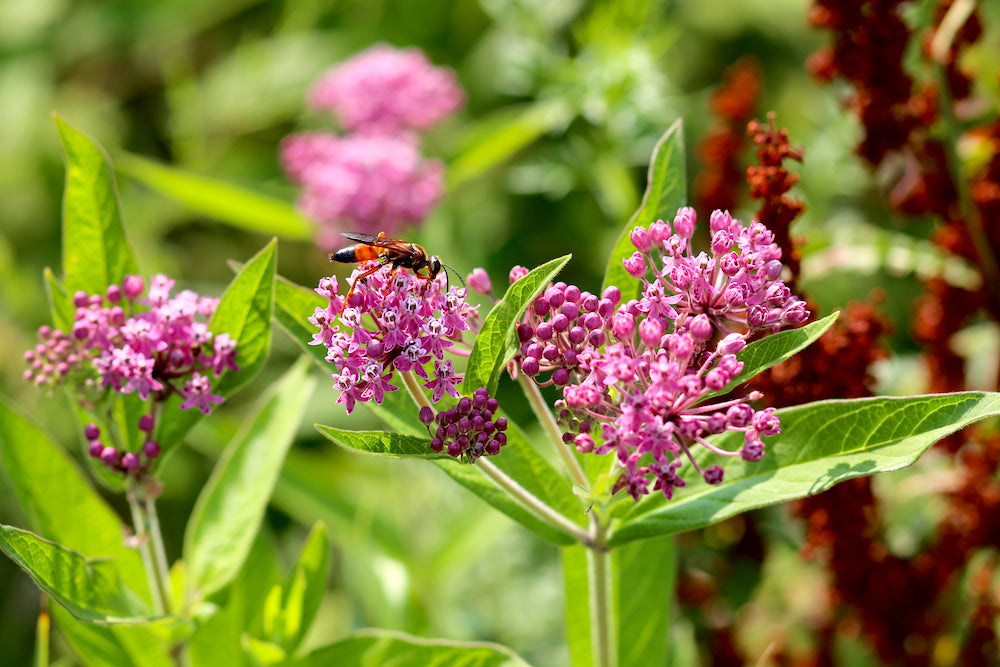Nature doesn’t play favorites when it comes to which plants can go where. But man abides few tenants, plants or otherwise, within the spaces he carves out for himself.
Take soccer fields. Even at easygoing Edgewood Park, the soccer pitch—accessible from Chapel Street, where it hits the West River—is surprisingly trim and weed-free. Its cover is pretty much normal playing field grass, though a couple types of weeds are putting up a good fight.
Around the edges of this grassy expanse, the fight is far more complicated. Surrounded on three and a half sides by water, with a remaining watery half-side just a little way off, what might appear from afar like a homogeneous green tangle is actually an incredibly diverse biosphere, even if we’re just talking plants.
sponsored by
There are soft wispy grasses and thick spiky ones. There are plush cottony cattails and harsh woody thorns. There are thin, deep red vines that climb other plants like candy cane stripes, occasionally sprouting a delicate white flower like a phonograph horn, and there are thin, yellow vines tangled up like pasta fresh from the pot. There are flowery purple columns at the ends of strong green stems bending up out of water, and there are coral red bodies that look like they belong undersea. There’s a large patch of small yellow blossoms that even a lay person can see are neither dandelions nor buttercups, and there are magenta clusters of tiny multi-layered blooms and buds, into which Great Golden Digger Wasps—the internet assures me they’re friendly, as did my experience with them—were digging for nectar.
Maybe the wasps’ lithe yellow legs and orange-black abdomens were shifting some pollen around, too, so that the magenta-flowered plants could pollinate, and reproduce, and carve out more space within this most competitive pitch, located just outside the lines at Edgewood.
Written and photographed by Dan Mims.









